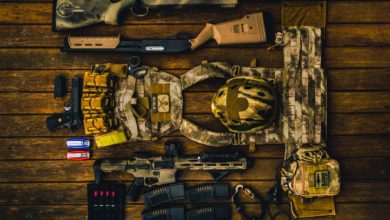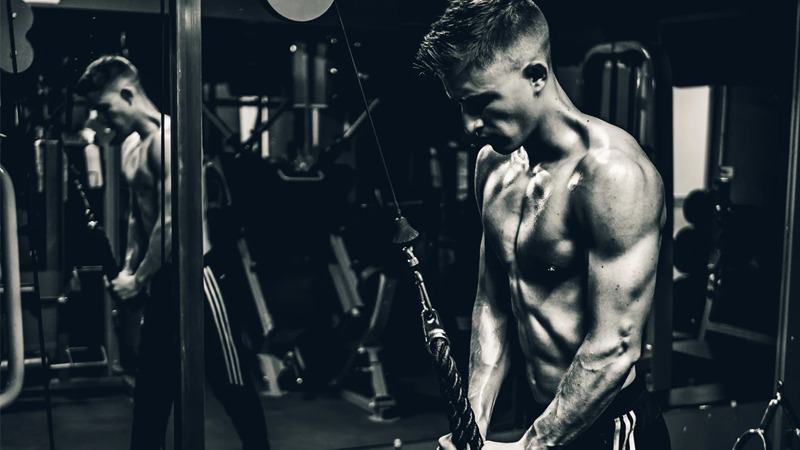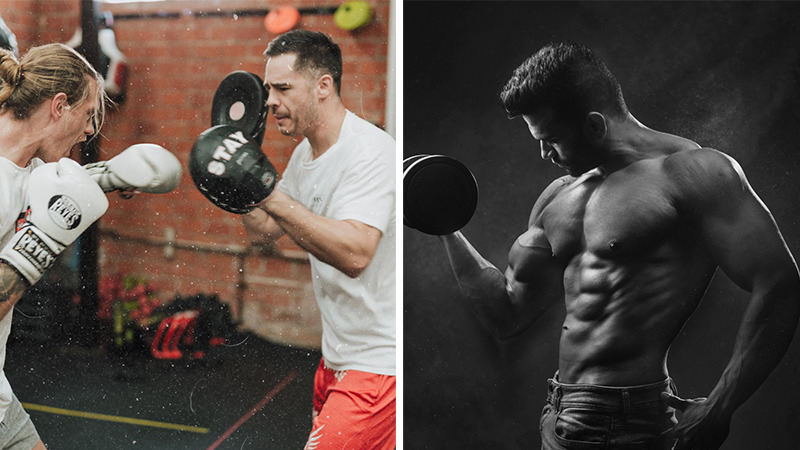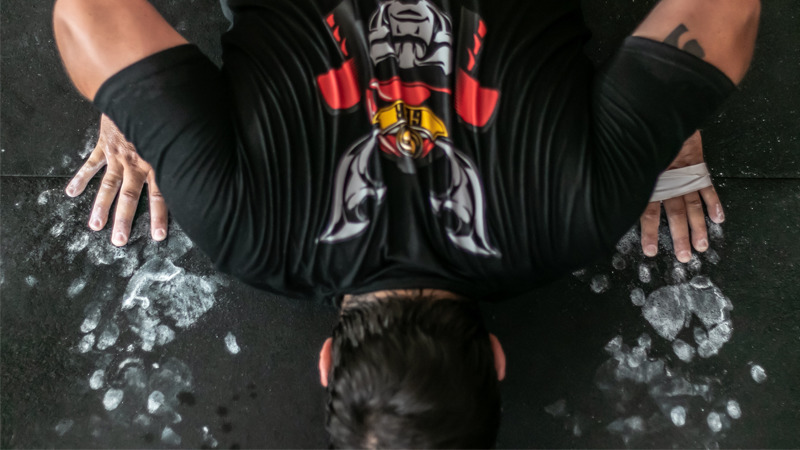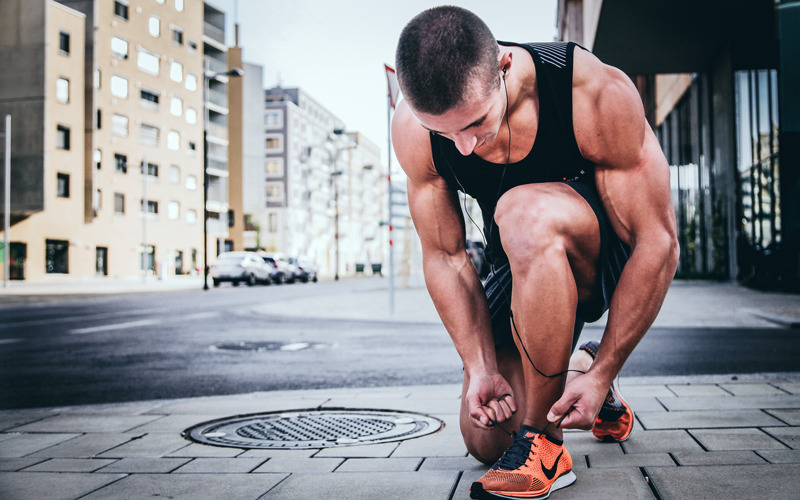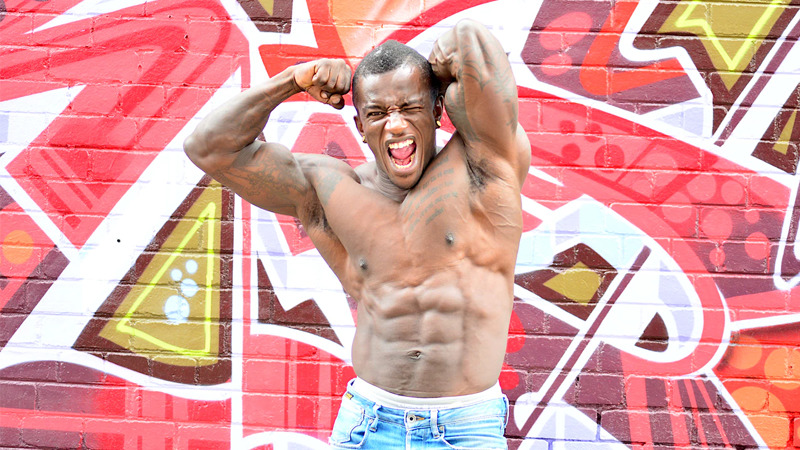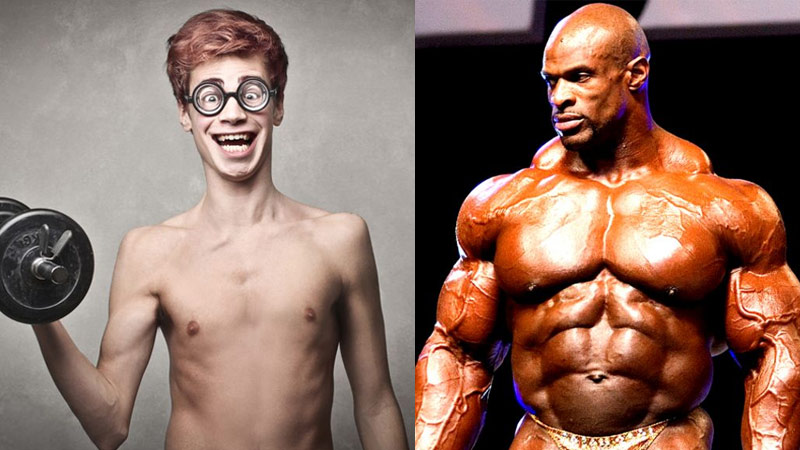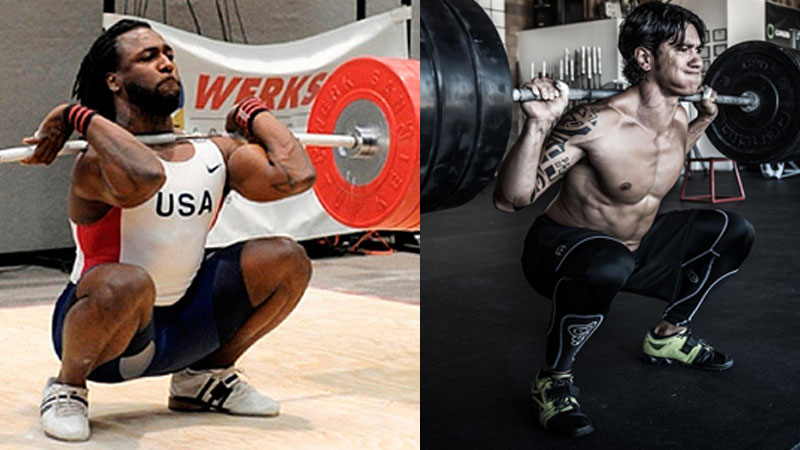
When it comes to lower body mass gain, squats are the number one choice. But which is better – front squats or back squats?
“Shut the f*ck up and squat bro”.
It’s the chant of the real lifter. The guy not afraid to strap up, knuckle down and hit some a$$ to grass for a long, heavy set of quad-ripping squats.
It’s a thing of beauty. And if you don’t plan to use squats as part of your workout, get the f*ck out – this article isn’t for you, pussy.
But for those real men who aren’t afraid to risk the odd nose bleed or a black out in the quest for panty-dropping quads, read on…
Squat 101: What’s the difference between back and font squats?
It’s often called the ‘king of exercises’.
And for good reason too.
Whether you’re training to get stronger, jumper higher or just get fuarking jacked bro, squats do the biz.
You can see why many refer to full on ass-to-grass squats as the skinny jeans cure.
Squats come in all shapes and sizes. If you can’t overhead squat, you can goblet. And if you fancy a change from your dumbbell squat you can always throw in a Zercher.
It’s one of the most versatile movements you’ll see across the iron houses of the world.
Squats are a compound exercise that involve movement at the hips, knees and ankles. It works multiple muscle groups in your lower body.
As leg mass builders go, it’s pretty much unrivaled. And if you want to be stronger, get these bad boys in your program.
Bro Fact #23: Your max front squat should be no less than 80% of your max back squat.
Front squat
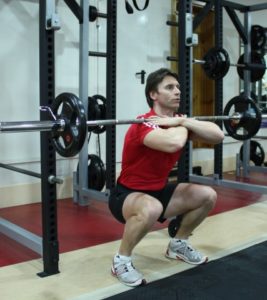
There are a couple of ways to do the front squat.
The ‘rack’ position is used a lot by strength training and Olympic lifting athletes. It involves resting the bar across your front delts, hitching your elbows up high and using your fingertips to control where the bar rests.
For some though, the wrist and shoulder position can be tricky – particularly if you have jacked delts or poor wrist mobility. Some also find the position of the bar uncomfortable as it rests pretty much right on your throat
(hard to explain those red marks on your neck to your girlfriend too)
The more traditional bodybuilder method is called the ‘cross-arm grip’ (see picture). It involves crossing your arms (duh) raising your elbows and letting the bar sit across your shoulders.
It doesn’t require the mobility that the rack position does, but it’s not as supportive either and it’s hard to keep your elbows high at heaver loads.
Back squat
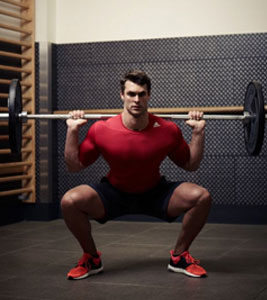
This variation of squat involves placing a bar across your upper back and locking your elbows down into position.
Back squats are a versatile lift with options to change both feet and hand position to suit individual needs such as leg length, torso mobility and comfort.
It’s the go-to for most people wanting to train their lower half and forms one of the key big three in powerlifting.
Back squats are also great for upper body stability too as you have to keep the bar rigid against your traps by contracting your shoulders and lats hard to stop bar sway.
Yeah we get the differences between low bar and high bar. But let’s just to keep things simple for now though.
There’s no superior squat – there’s a time and a place for both
It’s not that one type of squat is any better than the other. They just provide different stimuli is all.
But, there are times when a variation might suits your needs more than any other type – particularly when you have specific lower body goals.
Front squats and back squats work different muscles
We’ve all got different goals when it comes to leg training. The adapted loading positions means that different muscles take more of the ‘brunt’ of the load, so you can choose which variation suits you based on which muscles you want to annihilate.
Some of you might want to focus entirely on quads. Others might be trying to jack up the glute-ham tie-in or just grow a giant a$$ for the ladies.
One of the few studies that looked into muscle activation patterns between front squats and back squats found that primary muscle recruitment differed between the two
Front squat:
- During the pause at the bottom of the movement and the upward phase, the quad muscle we know as the teardrop (vastus medialis) was more active than during back squats
Back squat:
- All muscles other than the teardrop activated to the same extent at the bottom of the movement as they did during front squats.
- The hamstring muscles (semiteninosus and biceps femoris) and glutes were more active throughout the movement.
In simple terms, this means that the back squat hits your ass and hamstrings much more, whereas front squats target the quads more during both pause and ascending parts of the movement.
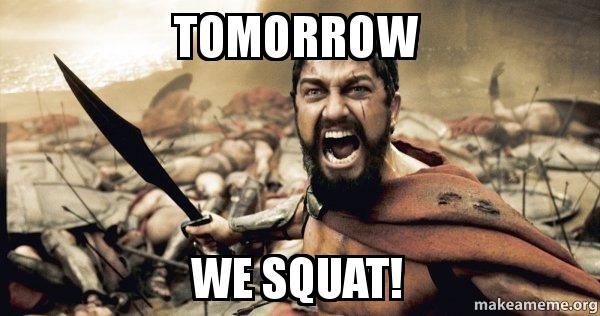
You might be limited by your flexibility you rigid-ass dude
There are some absolutely jacked dudes who’ve still got the flexibility of a junior gymnast.
For the rest of us though we’ve probably sacrificed mobility to pack on slabs of lean muscle. And after all, what’s more important? Being able to do the splits? Or having 19 inch guns?
Yep. We said the same.
Nevertheless, your choice of squat might be controlled by your flexibility. Not so much in your lower body, but in your chest, shoulders, arms and wrists.
If you have a tight chest or anterior delts it can be difficult to get into a stable back squat position with your wrists locked and elbows down. Get this wrong and a chain of events can lead to poor trunk position and force through the floor.
There’s also the fact that an immobile lower back might leave you with a smashed set of teeth as you fall forward under the load of the bar position.
Back squats just might be a struggle.
On the other hand, if you have tight lats, triceps or forearm flexors, rack position front squats might be equally as difficult.
Your choice of squats depends on sport specificity
Okay, so we know now that back squats hit your posterior chain more than front squats do. And that ‘fronts’ might be more quad dominant.
When it comes to mass building, you can choose your weapon based on which muscles you want to target. Or at least vary your approach to maximize overall mass and symmetry.
Both front squats and back squats get you jacked, lean and strong. There’s no disputing that.
But if your sport relies on dominant movements, you’ll need to spend more time crafting out the most specific patterns.
For example, powerlifters need to back squat regularly because that’s one of the component lifts involved in the sport.
And because the clean and jerk is a key lift in Olympic lifting, rack-position front squats are more important.
Summary: Is there a better type of squat?
The short answer to this question is no.
There isn’t a better type of squat.
You’ll not find a type of squat is superior than the other on its own merit.
But when you add context, you find that one squat pattern is better for that situation. It depends on your goals, which muscles you want to hit and your own mobility.
Bottom line: Shut up and squat. It doesn’t matter which one you choose unless you’ve got a specific reason… just get under the bar, rip it up and buy new pants when those quads grow brah.
